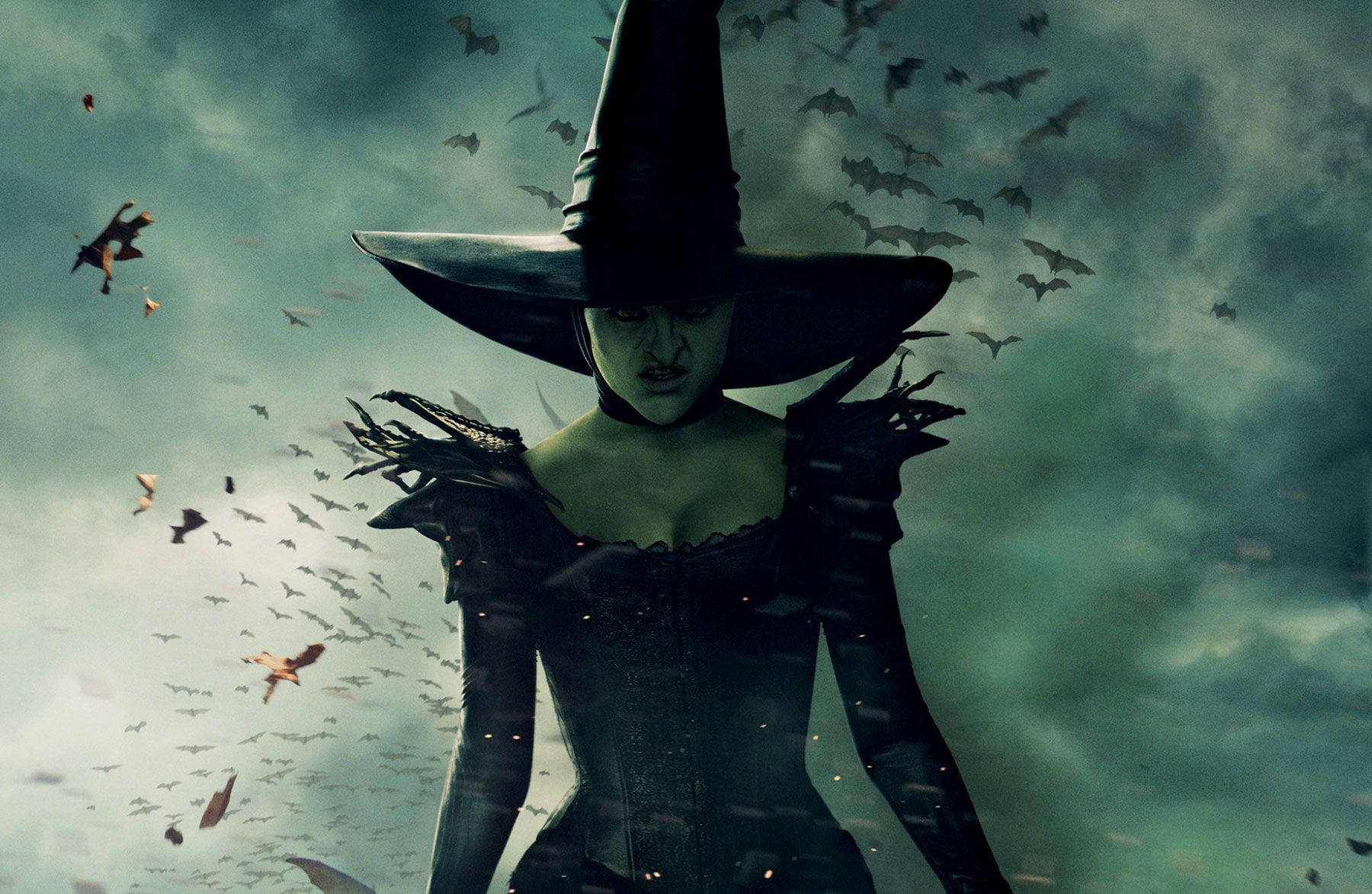
FAQ About Magic in the Middle Ages
Magic in the Middle Ages
2 years ago | gizem
What were the similarities and differences between medieval magic and pagan practices?
Medieval magic and pagan practices shared some similarities but also had significant differences. Both forms of belief and practice were prevalent during the Middle Ages, but they originated from distinct cultural and religious traditions. Here are some of the similarities and differences between medieval magic and pagan practices:
Similarities:
- Nature-Centric Beliefs: Both medieval magic and pagan practices often had a strong focus on nature and its elements. Natural phenomena, such as celestial bodies, plants, and animals, were believed to have magical properties and significance.
- Use of Rituals and Symbols: Both systems utilized rituals and symbols to invoke supernatural forces or influence outcomes. Rituals, incantations, and gestures were common practices in both magical and pagan ceremonies.
- Connection with the Divine: Both medieval magic and pagan practices involved beliefs in the existence of higher powers, spirits, or deities. These beings were often invoked or appeased for protection, guidance, or blessings.
- Influence on Daily Life: Both magical and pagan practices influenced various aspects of daily life, including healing, divination, protection, and agricultural practices.
- Syncretism and Borrowing: Over time, medieval magic and pagan practices influenced each other. As cultures interacted, elements from one system were sometimes incorporated into the other.
Differences:
- Religious Context: Pagan practices were rooted in pre-Christian polytheistic religions, which were gradually supplanted by Christianity during the Middle Ages. Medieval magic, on the other hand, coexisted with Christianity and was often influenced by Christian beliefs and practices.
- Sources of Authority: Pagan practices were based on the religious teachings and mythologies of specific pantheons of gods and goddesses. In contrast, medieval magic drew from a wide range of sources, including Arabic, Jewish, Christian, and Greco-Roman traditions, as well as folk beliefs and occult texts.
- Social Acceptance: Pagan practices were generally viewed with disapproval and hostility by the Christian Church, which sought to suppress them. Medieval magic, while often viewed skeptically by religious authorities, was sometimes practiced by clerics and scholars and could be tolerated under certain circumstances.
- Formal Organization: Pagan practices were often organized around temples, priesthoods, and specific rituals, while medieval magic lacked a formal hierarchical structure and could vary widely in its practices.
- Role of Deities: In pagan practices, deities played a central role, and rituals were often dedicated to specific gods or goddesses. In medieval magic, the focus was more on manipulating natural forces or harnessing occult powers, with less emphasis on devotion to specific divine beings.
- Concept of Sin and Morality: Pagan practices had their moral codes and values, but these were distinct from Christian notions of sin and salvation. In contrast, medieval magic was often associated with sinful or heretical activities, making it a target for persecution by the Church.
